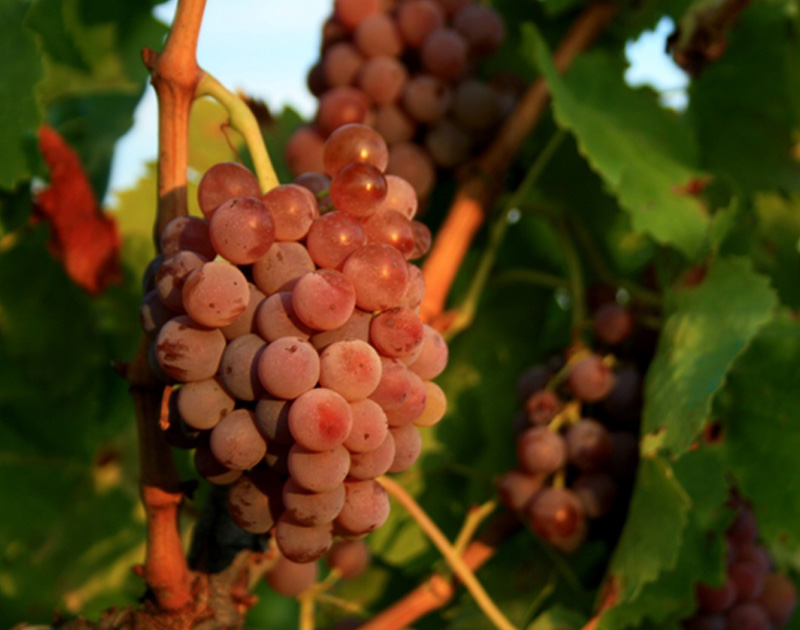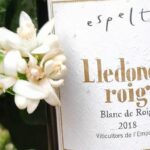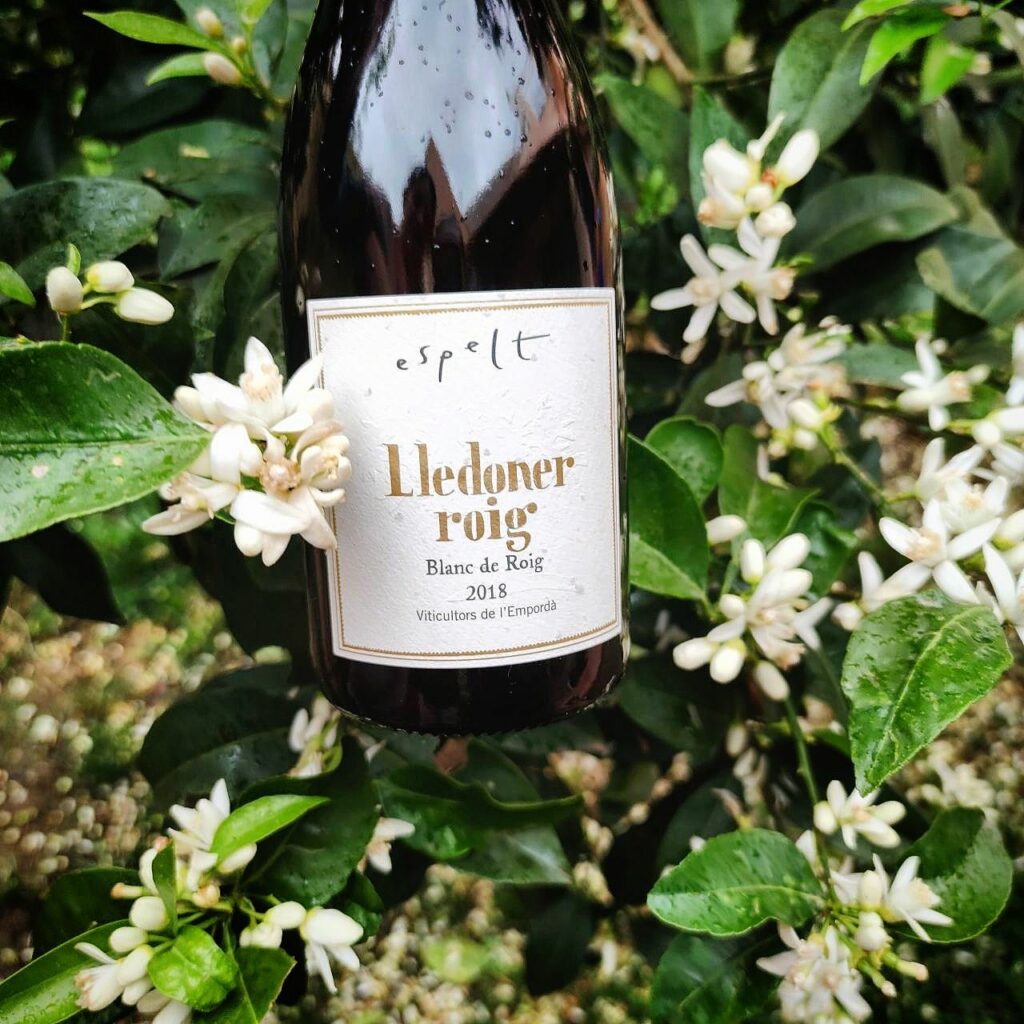It’s August, we already feel the end of summer and, even so, there are still a few emotions to uncover. It has been a complicated year, we all know it, Covid-19 has turned the world upside down, and the climate emergency is becoming more present year after year: this 2020 with the Gloria, the high temperatures and the rain that seemed that would never end. From time to time, we receive good news, such as the excellent scores from the Peñín Guide 2021 and the recent eco certification of all Espelt wines since this vintage, milestons that help us to continue with strength.
It has been a complicated year, we all know it, Covid-19 has turned the world upside down, and the climate emergency is becoming more present year after year: this 2020 with the Gloria, the high temperatures and the rain that seemed that would never end. From time to time, we receive good news, such as the excellent scores from the Peñín Guide 2021 and the recent eco certification of all Espelt wines since this vintage, milestons that help us to continue with strength.
However, we have renewed strength every time we see that year after year the biodiversity indicators of the vineyards improve, and that the land, the soils, our most precious legacy, which we also take care of every day, they withstand storm surges, torrents and everything that the weather puts them ahead. Making wine respecting the territory has a very high reward for the planet, the Earth, and sometimes also a more mundane recognition —but of which we are very proud— such as the organic certification that all Espelt wines will wear from this harvest after many years of working in eco and improving processes.
It was the year 2000 when Didier Soto from Mas Estela told Anna Espelt: “in the Empordà we should all make local and eco varieties”. Saying it then was revolutionary, doing it seemed impossible. But Anna, then a recent graduate in Biology and with a strong connection to associations in defense of the natural heritage of the region, found that that phrase made all the sense and that this must be the path of Espelt wines. Years later, Anna decided to spend a part of the vineyards in organic viticulture, it was 2003 and the beginning of a carrer that after many learnings has led us to what is now Espelt. Our work focuses on a preventive cure of the vines: taking care of soils, and using compound and treatments, when there is no other option, with products allowed in eco viticulture, such as copper and horsetail. We have overcome a very difficult year with these tools and we must celebrate it.
Working organically is for us the only way to keep the soils alive and also to understand the terroir that is nourished by everything that surrounds it, seeking the synergy of the four elements: the soil, the plant, the climate and the viticulturist. This new stage that we are now beginning reaffirms and recognizes our desire to be part of the landscape and ecosystems. Because sometimes it is not enough to love the land, you also have to take courageous steps to change the way things have been done so far. We still live glued to the meteocat radar fearing hail, now we only think on how proud we fell of every little work we have done. So let’s enjoy and toast to this vintage that has just begun. Cheers!
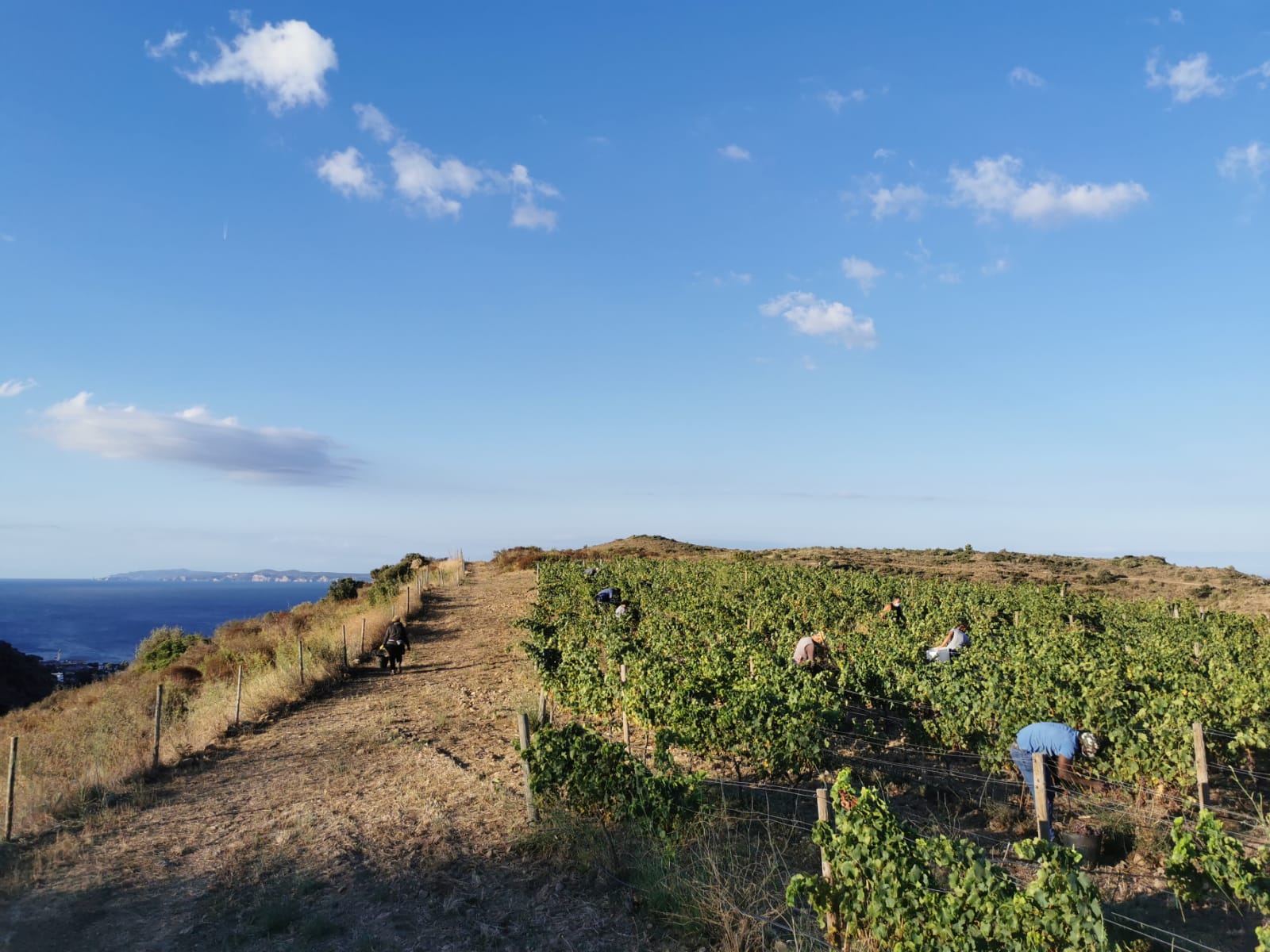
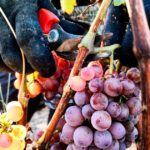
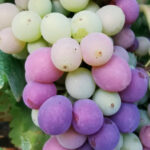
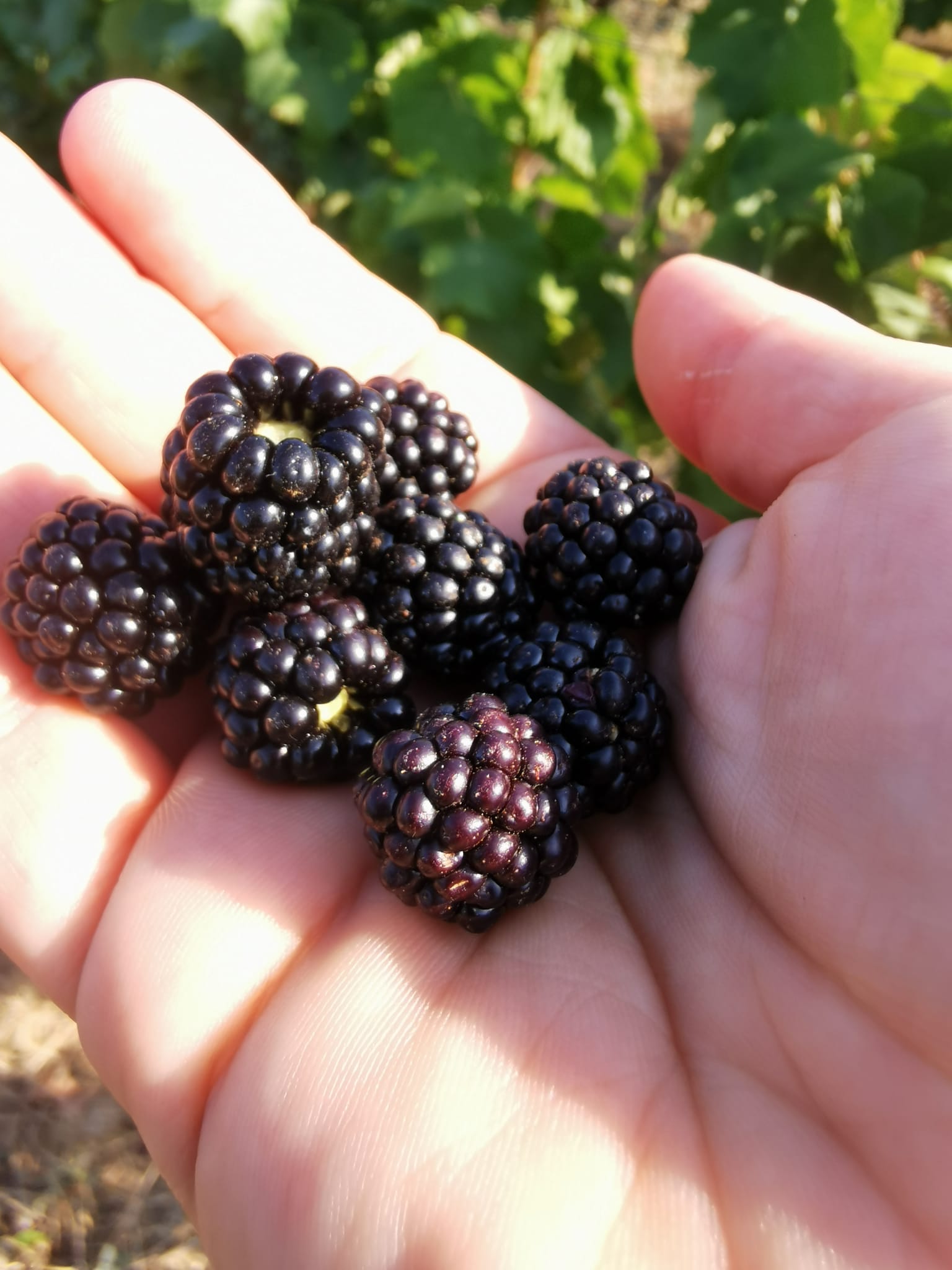
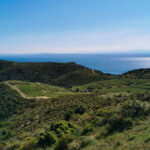
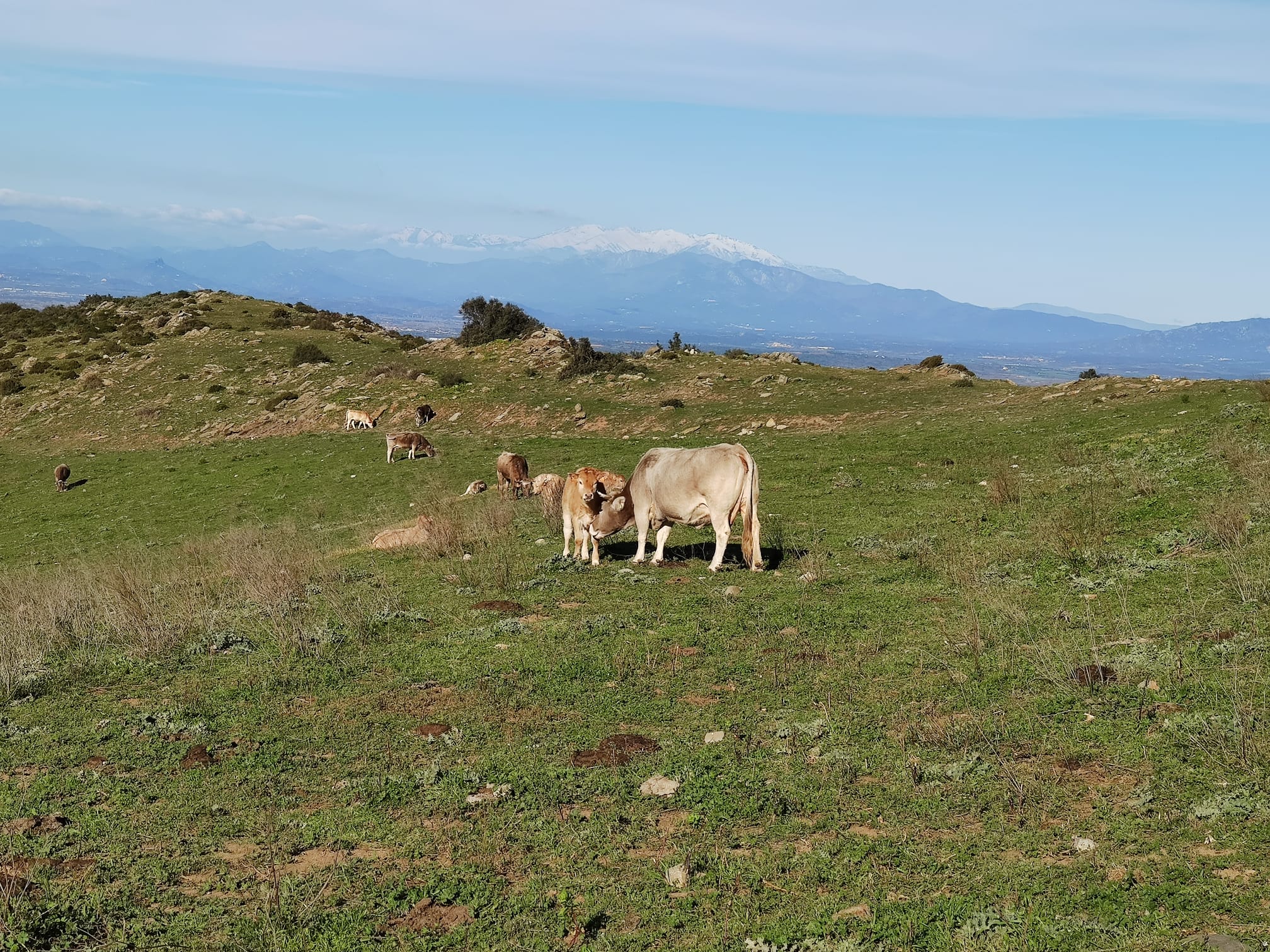 From this June we are partners in this project that ensures that all our agricultural activity is as respectful as possible with the biodiversity of the territory where it is developed. We know that the conservation of agricultural, environmentally sustainable and local activities are the best guarantee to preserve our Empordà landscape and its biodiversity. Making it possible every day is our essence. This agreement is a further step in the commitment of mutual aid between producers and conservatives. We will continue to preserve the Mediterranean mosaic in Cap de Creus and the Serra de l’Albera, using the most environmentally friendly methods we have. We have good travel companions, IAEDEN entity dedicated to the conservation and protection of the territory of the Alt Empordà for over forty years, will continue to advise us and collaborate to make known this magnificent land that gives us wonderful fruits.
From this June we are partners in this project that ensures that all our agricultural activity is as respectful as possible with the biodiversity of the territory where it is developed. We know that the conservation of agricultural, environmentally sustainable and local activities are the best guarantee to preserve our Empordà landscape and its biodiversity. Making it possible every day is our essence. This agreement is a further step in the commitment of mutual aid between producers and conservatives. We will continue to preserve the Mediterranean mosaic in Cap de Creus and the Serra de l’Albera, using the most environmentally friendly methods we have. We have good travel companions, IAEDEN entity dedicated to the conservation and protection of the territory of the Alt Empordà for over forty years, will continue to advise us and collaborate to make known this magnificent land that gives us wonderful fruits.

 A vineyard is young until it is between 5 and 10 years old. Three years, as this one has, is very little time in the cycles of nature, and we will still need a few more years for these vines to make grapes. Knowing how to wait is something we have learned from making wine: nature, fruits and desire sometimes do not happen at the same time and we must trust that everything will go well. This is
A vineyard is young until it is between 5 and 10 years old. Three years, as this one has, is very little time in the cycles of nature, and we will still need a few more years for these vines to make grapes. Knowing how to wait is something we have learned from making wine: nature, fruits and desire sometimes do not happen at the same time and we must trust that everything will go well. This is 
